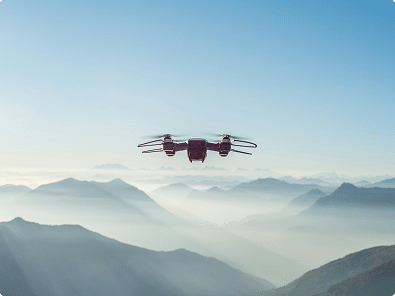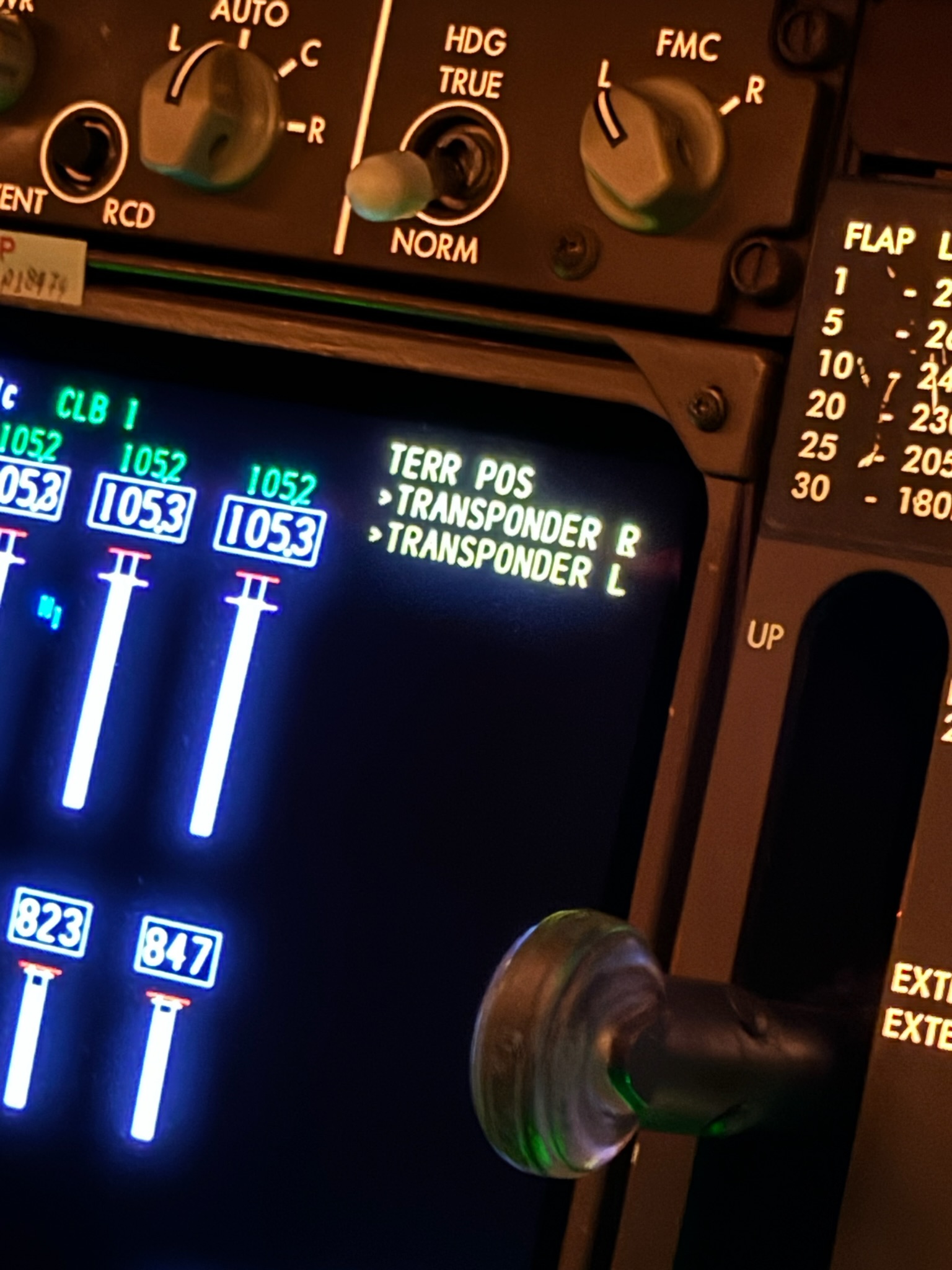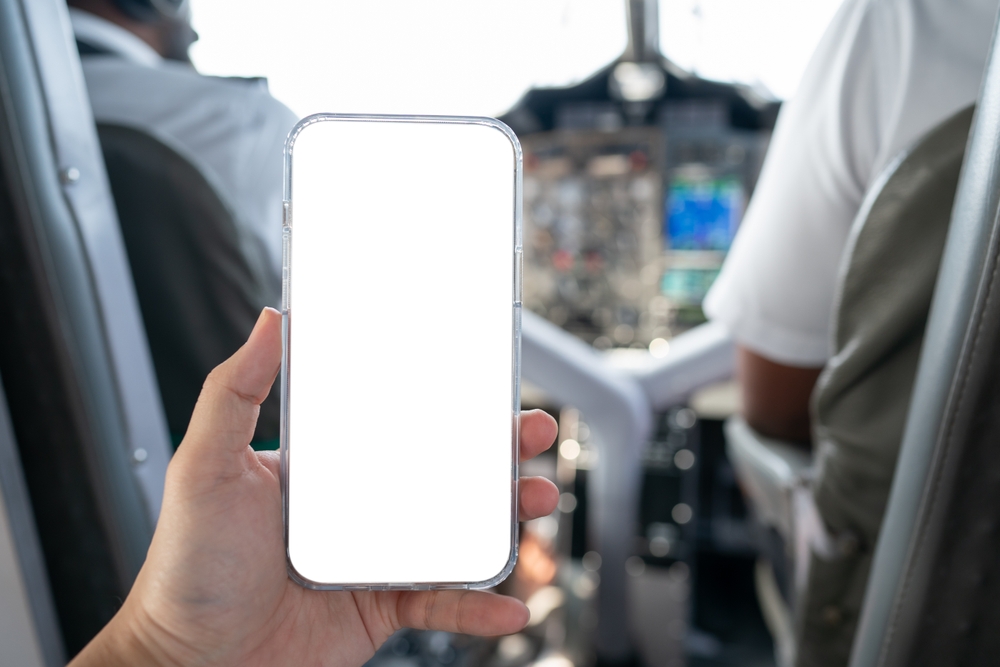Drones / RPAS / UAS / UAVs

What are drones?
Drones, also referred to as Remotely Piloted Aircraft Systems (RPAS) or Unmanned Aircraft Systems (UAS) or Vehicles (UAV), are aircraft without a human pilot onboard. These systems can be programmed for autonomous missions or operated remotely using controllers or specialized FPV (First Person View) glasses. Their uses range from recreational flying to commercial applications like filming, surveying, and agriculture.
Why Do Drones Pose a Risk to Commercial Aviation?
- Airspace Interference:
- Drones often operate in very low-level airspace, sometimes in areas assumed to be free from manned aviation below 500 ft. Uncoordinated drone flights can inadvertently encroach on airspace used by manned aircraft.
- Drones can disrupt airspace operations, causing delays and endangering safety.
- Collision Risks:
- Drones can damage aircraft if they collide with windows, flight controls, or engines, posing risks similar to or greater than bird strikes.
- Drones may lack the sophisticated collision avoidance systems present in manned aviation.
- Lack of Awareness and Regulation Compliance:
- Many drone operators are unaware of airspace regulations or ignore them due to inadequate enforcement.
- The mass availability of drones makes it easy for untrained individuals to operate them irresponsibly.
- Security and Terrorism Concerns:
- Drones can be used maliciously for terrorism or unauthorized surveillance.
Belgian Cockpit Association (BeCA) Position on Drone Integration
BeCA supports the safe integration of drones into airspace, emphasizing the following points:
- Education and Awareness:
- Public campaigns to inform drone users about their responsibilities, including safety, privacy, and liability.
- Development of tools like smartphone apps to mark restricted zones for drones.
- Regulation and Enforcement:
- Stricter enforcement of laws and penalties for offenders to deter unsafe practices.
- Development of a coherent UAS Traffic Management (UTM) system for real-time monitoring and separation of drones from manned aviation.
- Technological and Operational Standards:
- Mandatory registration, training, and certification for drone operators.
- Equipping drones with safety features such as geofencing, collision avoidance systems, barometric altitude measurement, and reliable data links.
- International and National Collaboration:
- Harmonization of drone regulations across Europe to ensure consistent safety standards.
- Advocacy for comprehensive guidelines from global organizations like ICAO (International Civil Aviation Organization).
By advocating these measures, BeCA aims to minimize the risks posed by drones while enabling their benefits, ensuring a balanced coexistence of manned and unmanned aviation.
Useful references
ECA Campaign – Integrating drones safely
(https://www.eurocockpit.eu/campaign/integrating-drones-safely)
IFALPA Publications on drones
(https://www.ifalpa.org/publications/search/?search=drone)
BCAA guidance on drones
(https://mobilit.belgium.be/nl/luchtvaart/vliegen-met/drones-uas or
https://mobilit.belgium.be/fr/aviation/voler-en/drones-uas)


